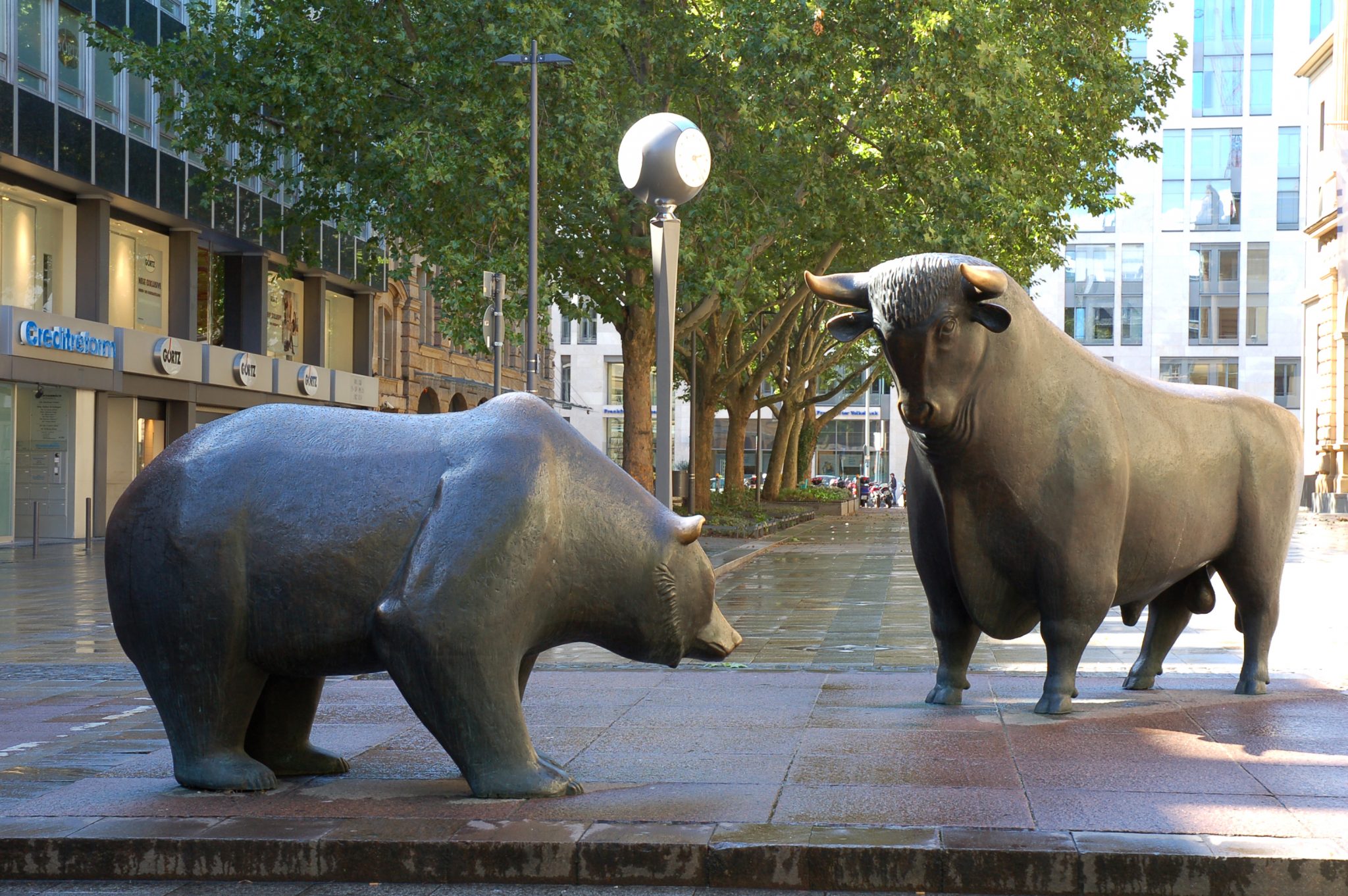Investing in Collectibles and Alternative Assets: A Smart Move for Active Traders
As active traders, it’s important to have a diversified portfolio to mitigate risks and strengthen income potential. One way to achieve this is through investment in collectibles and alternative assets. These assets are often overlooked in the financial market, but with the right knowledge and strategies, they can prove to be profitable under the right conditions.
Understanding Collectibles and Alternative Assets
Collectibles are items that hold value due to their rarity or cultural significance such as coins, stamps, fine wine, artworks, precious metals, vintage cars, and sports memorabilia. Meanwhile, alternative assets can encompass a wider range of non-traditional investments such as commodities, hedge funds, private equity, and real estate, among others.
Both collectibles and alternative assets provide multiple benefits for investors. They can act as a hedge against inflation, a safe haven during times of economic uncertainty, and a powerful tool for portfolio diversification.
The Potential of Collectibles and Alternative Assets
Unlike traditional assets like equities and bonds, collectibles and alternative assets have the potential for substantial appreciation in value over time. For instance, a classic car purchased today could appreciate significantly in a decade, depending on its rarity and the demand for such vehicles. Likewise, an iconic piece of artwork by a renowned artist can grant an investor a hefty return in the long run.
Still, acquiring such assets requires in-depth knowledge and a keen eye for identifying items with high-profit potential. It also takes patience, as the appreciation of these assets occurs over a long period of time.
Factors to Consider
Before diving into investment in collectibles and alternative assets, it’s crucial to keep in mind several factors. First, the liquidation of these assets can be slower than that of traditional investments, as it depends on finding the right buyers.
Second, the values of collectibles and alternative assets can be highly subjective. Two different appraisers can significantly disagree about the value of the same piece.
Lastly, these investments often require considerable storage and maintenance costs. For example, fine wines need specific temperature and humidity conditions, while classic cars require regular upkeep to retain their value.
Closing Thoughts
Investing in collectibles and alternative assets can be an effective way for active traders to diversify their portfolio and potentially reap substantial returns. However, it’s important to remember that these investments are not foolproof and require a good amount of knowledge, patience, and financial capability.
For individuals looking to explore this avenue in the realm of trading, thorough research, professional advice, and careful consideration are a must. But with the right mix of diligence and passion, these unorthodox investments can turn out to be golden opportunities.
In the ever-fluctuating financial world, it’s important to keep an open mind and explore potential wealth-building vehicles outside the traditional spectrum. As a savvy trader, investing in collectibles and alternative assets may prove to be a smart and rewarding venture.










